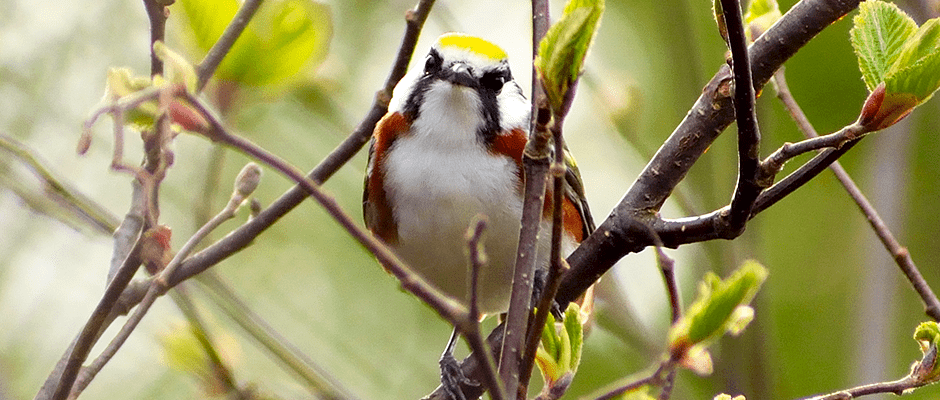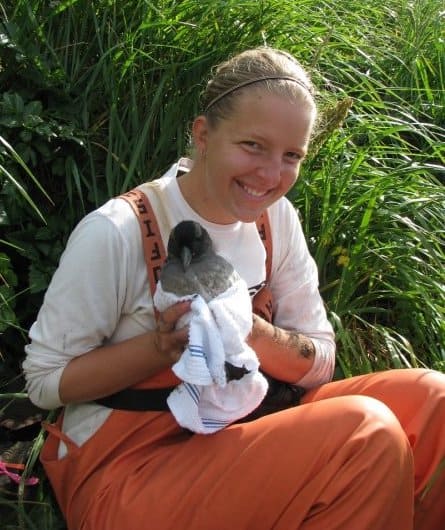Share this article
Student research project: Even limited urbanization affects bird biodiversity
Towns are few and far between amid the forests of Michigan’s Upper Peninsula, but even these small amounts of urbanization can affect the biodiversity of bird communities, a student research paper is finding.
Kathryn Frens, a PhD candidate at Michigan State University, presented her research on the topic at this year’s TWS Annual Conference in Albuquerque, New Mexico, which earned her third place in the presentation category for Student Research in Progress.
“I was looking at how things like public land and zoning affect wildlife, and that’s the first chapter of my dissertation,” Frens said. “Land use planning and public lands affect wildlife and people.”
As part of her research, Frens looked at bird biotic integrity, a measure that combines aspects of species richness and sensitivity, in the Upper Peninsula. Birds are a good proxy for biodiversity in the environment, Frens said. “If there are diverse bird communities, there’s probably also diverse plant communities and small-mammal communities,” she said.
Frens used a bird-breeding atlas, which is a systematic survey conducted in states by professionals and volunteers. Then, she looked at biotic integrity of species in different townships in the area. She noticed that urbanization, including road density and housing, might have an effect on species diversity, even in small towns.
Using a land use database to determine which areas in different townships had the most urbanization, she compared the data with species biodiversity. “I chose townships because those are where policy gets made in the Upper Peninsula,” she said. “Most land use decisions when it comes to zoning and planning are made at the level of the township for non-public lands.”
Frens split the townships into quartiles based on their amount of urban land cover. Because the Upper Peninsula is a pretty rural area, three of the four quartiles had less than 5 percent urban land cover while the fourth quartile had less than 25 percent. But even with these small numbers, the more urbanized quartiles had less biological integrity than the less urbanized ones, she found.
“The important take home message is birds can be really sensitive to urban land cover even when the absolute amount of urban land cover is very small,” she said.
Frens said her research shows it’s important to begin looking at biodiversity responses to urbanization at very low levels, especially as urban development increases around the country.
She plans to continue looking at these effects in New York’s Adirondacks, which has an even a lower population density than the Upper Peninsula.
Frens said she was pleasantly surprised to win the award for her research and presentation. “I’m really honored,” she said. “I know a lot of student talks happened, and I’m glad someone thought mine might be useful. It was unexpected and really cool to get a prize for that.”
Header Image: A chestnut-sided warbler (Setophaga pensylvanica) perches in a tree in the Upper Peninsula of Michigan. ©Adam B









